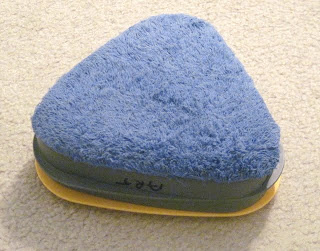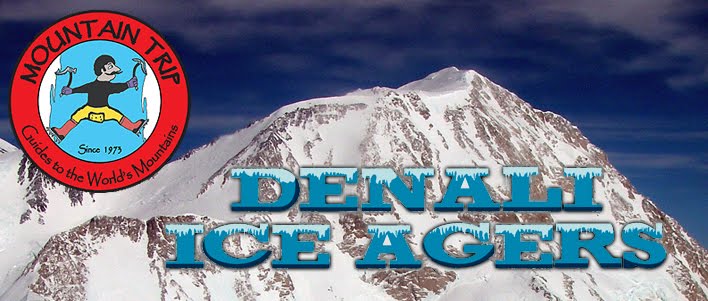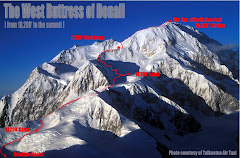I cut pieces of bathroom towel to fit the bottom of my mug and bowl. Using Loctite brand epoxy, I glue each towel peice to the bottom of my mug and bowl.

While the mug is already insulated, the modification reduces the curling factor. The curling factor is the angle at which a mug or bowl will start to slide when placed on packed snow or ice, divided by how slippery the surface is, times the drag coefficient as determined by the weight of container and its contents.
The same modification to my bowl not only helps keep it from sliding to the floor of the cook tent, spilling the contents on my teammates' boots, but it also keeps the food warmer, longer.
 Regardless if it's an overnighter or a three week expedition, these modifications are worth the effort. This includes carefully preparing the area to glue the towel peices on, and letting the epoxy properly cure for at least 24 hours. However, as with anything in life, nothing is perfect. The bowl's towel piece will attract small balls of ice if the heat from the food melts any snow or ice that it's sitting on. But these balls can also reduce the curling factor, making slippage less likely.
Regardless if it's an overnighter or a three week expedition, these modifications are worth the effort. This includes carefully preparing the area to glue the towel peices on, and letting the epoxy properly cure for at least 24 hours. However, as with anything in life, nothing is perfect. The bowl's towel piece will attract small balls of ice if the heat from the food melts any snow or ice that it's sitting on. But these balls can also reduce the curling factor, making slippage less likely.
Art Huseonica, Denali Ice Agers 2010 Expedition team member, Maryland, USA



